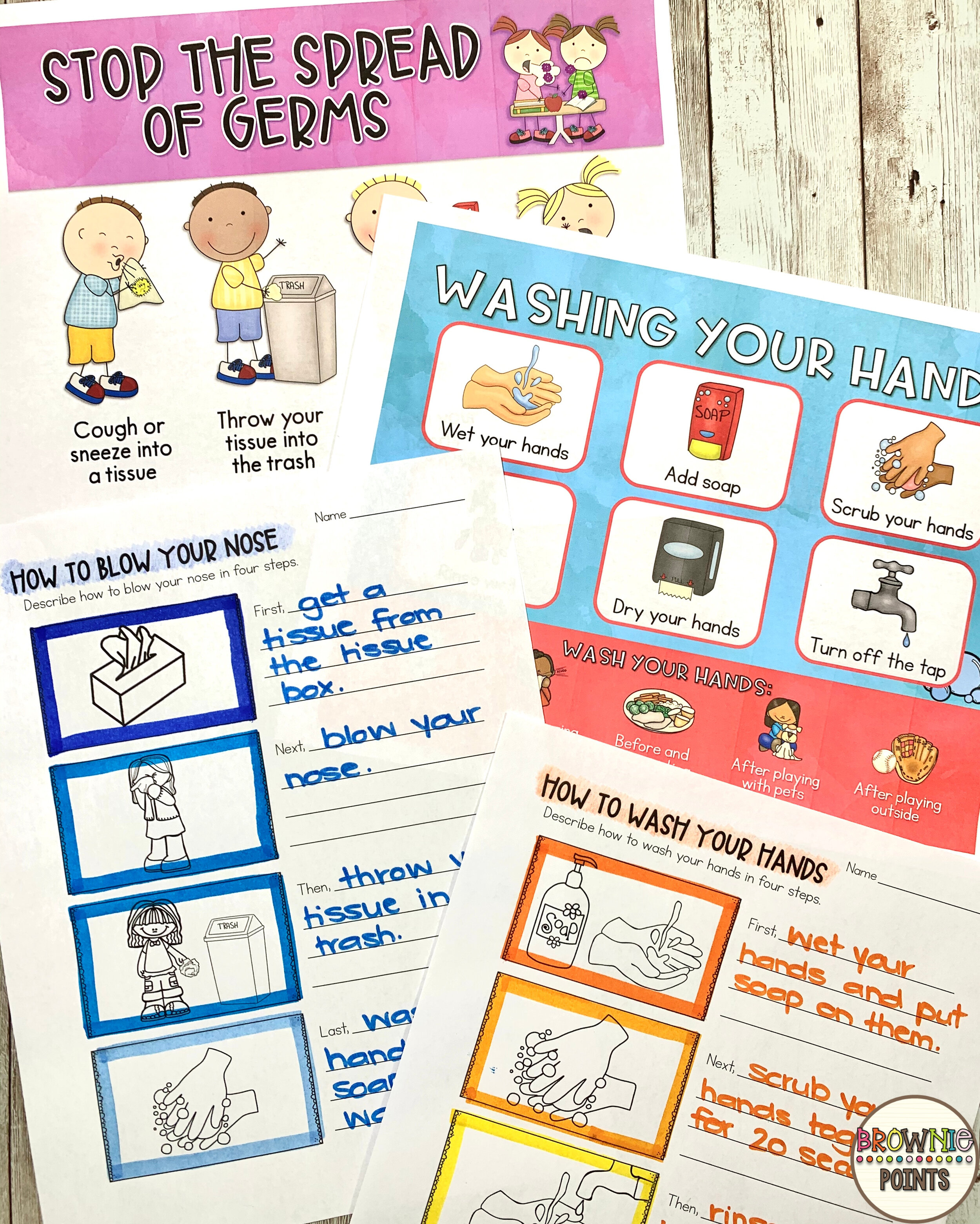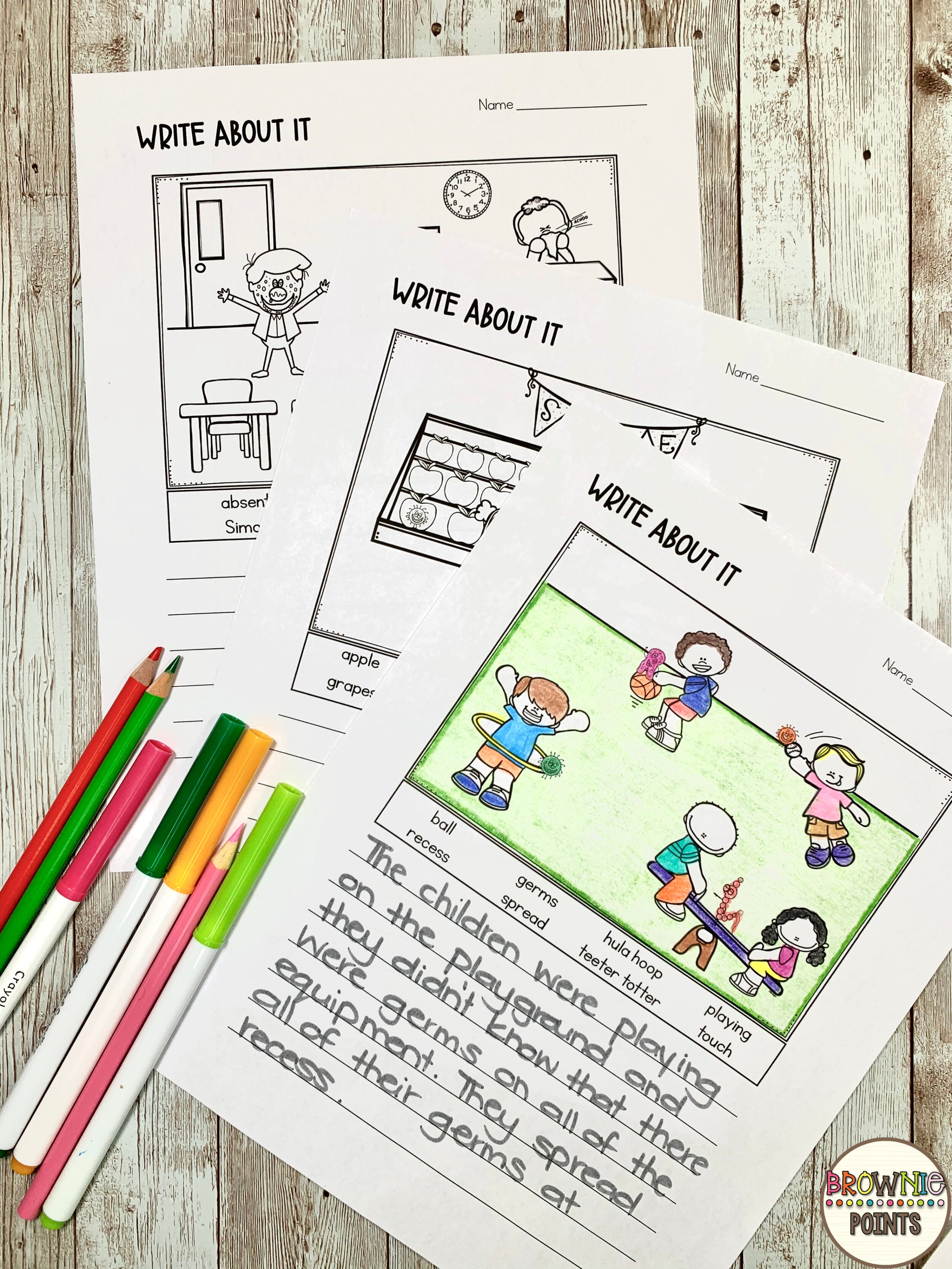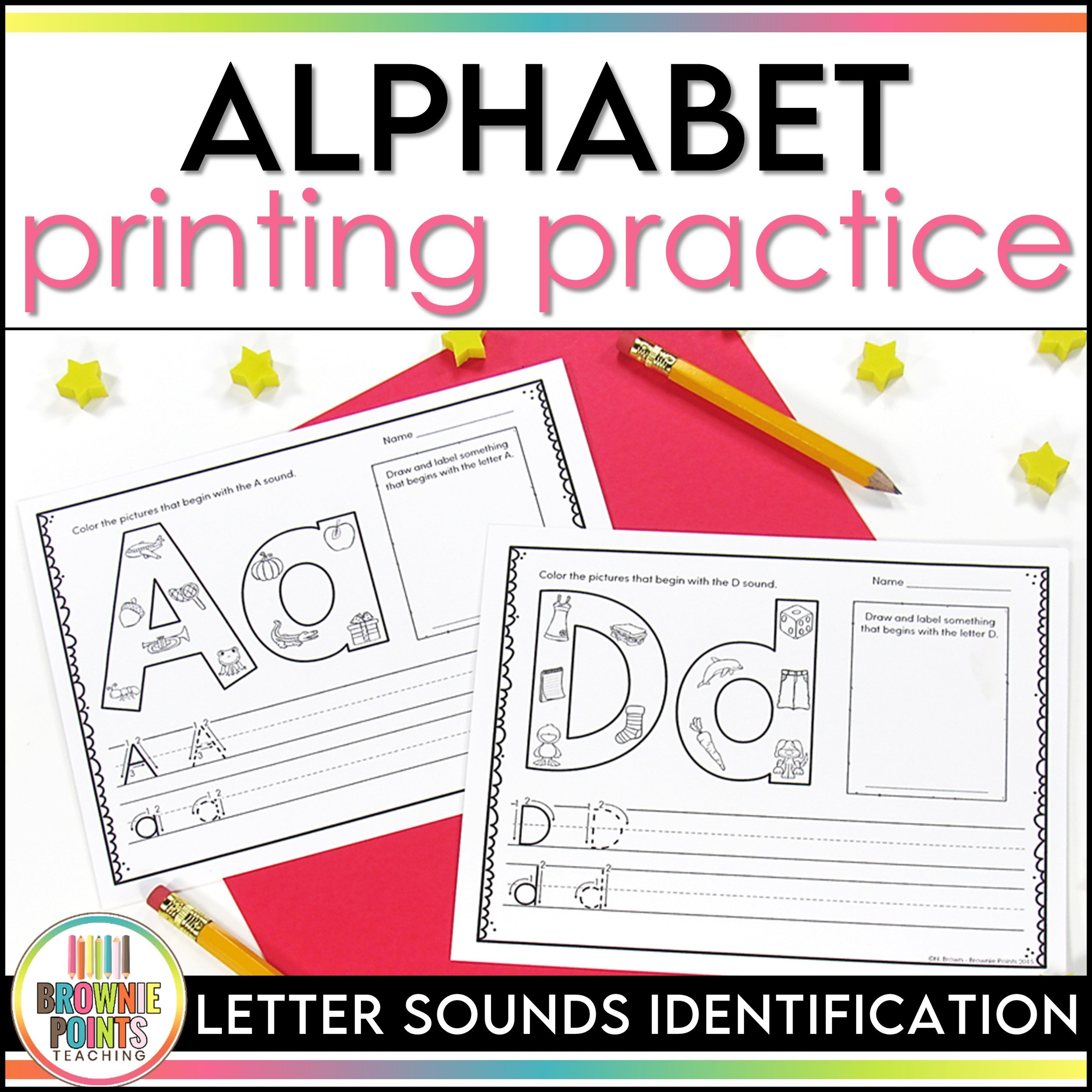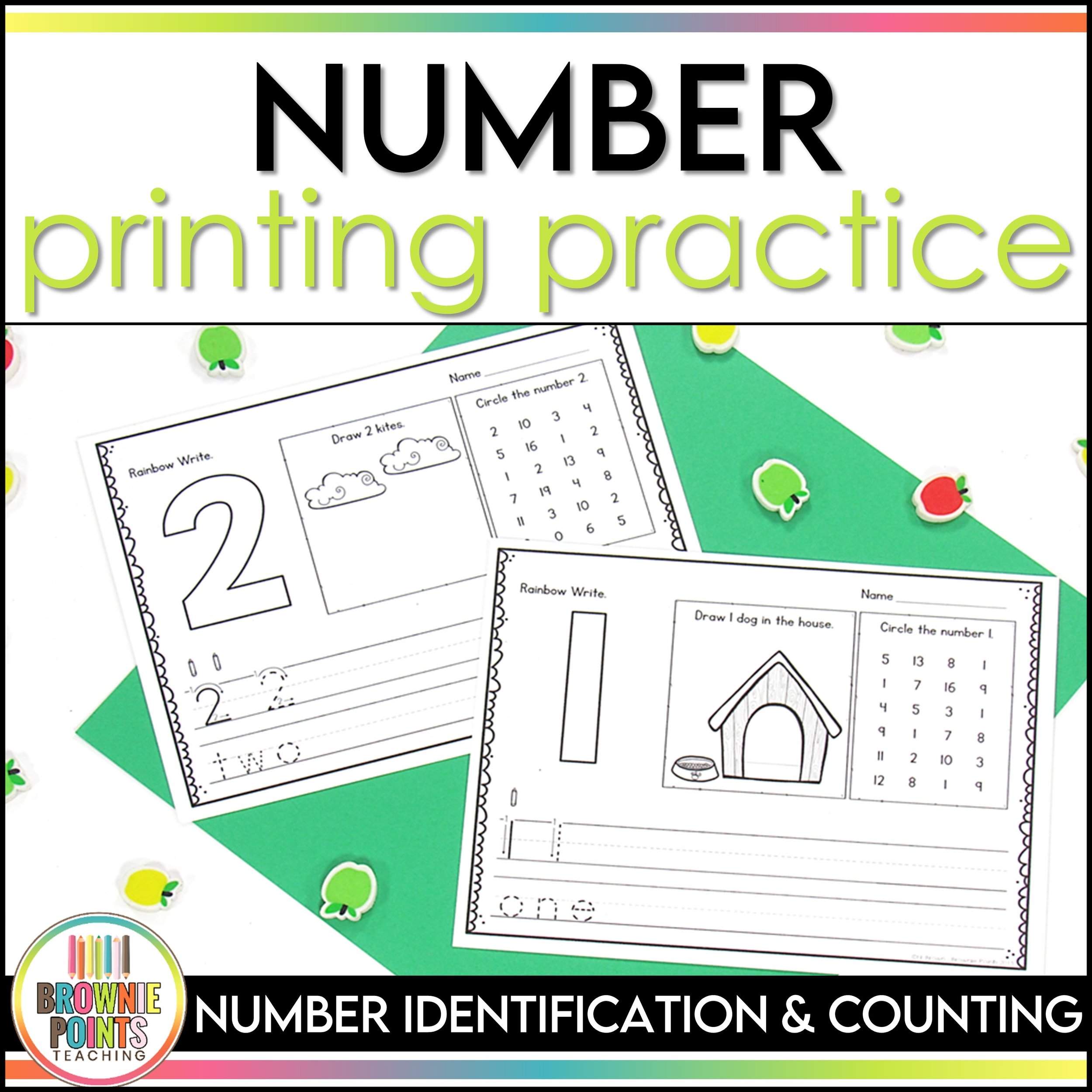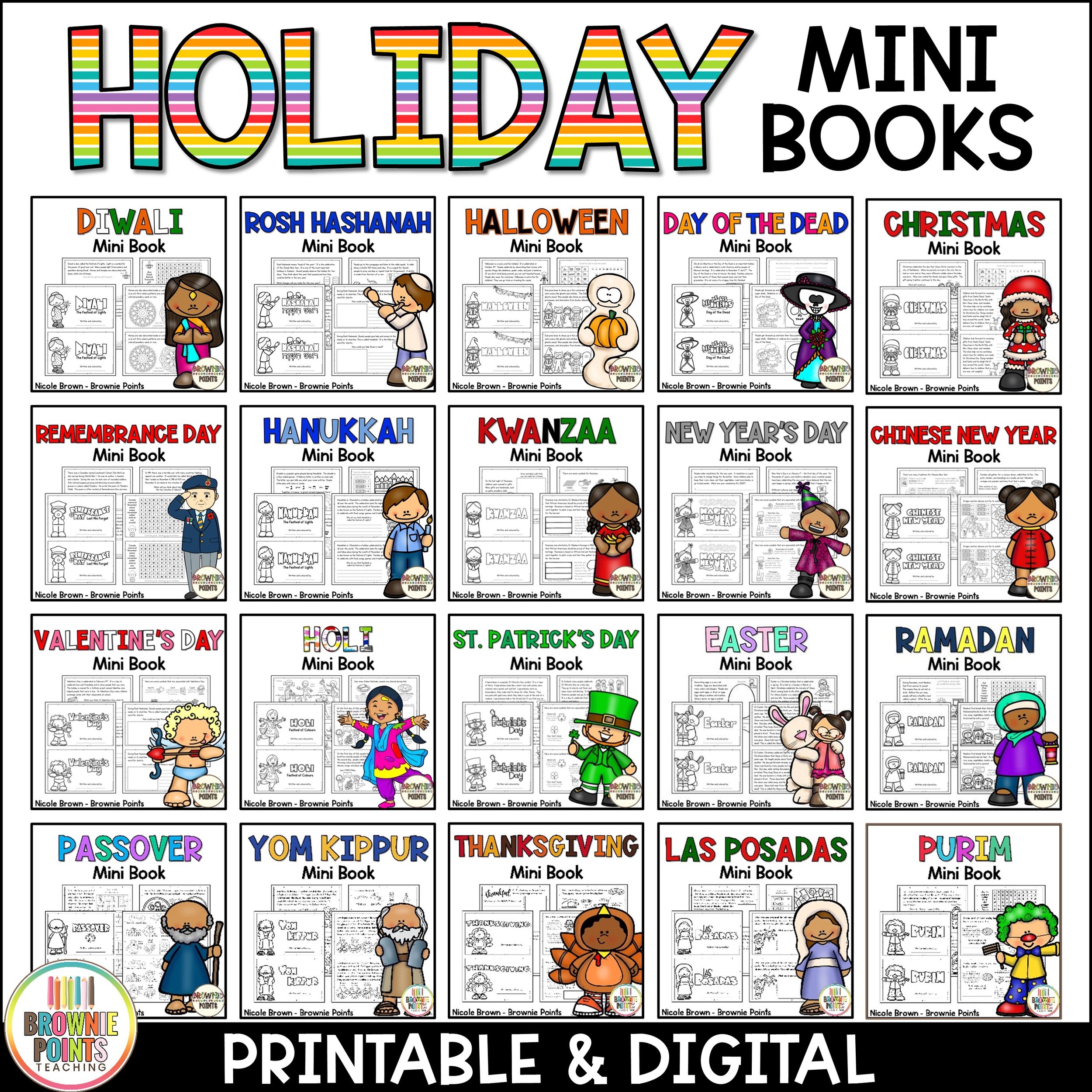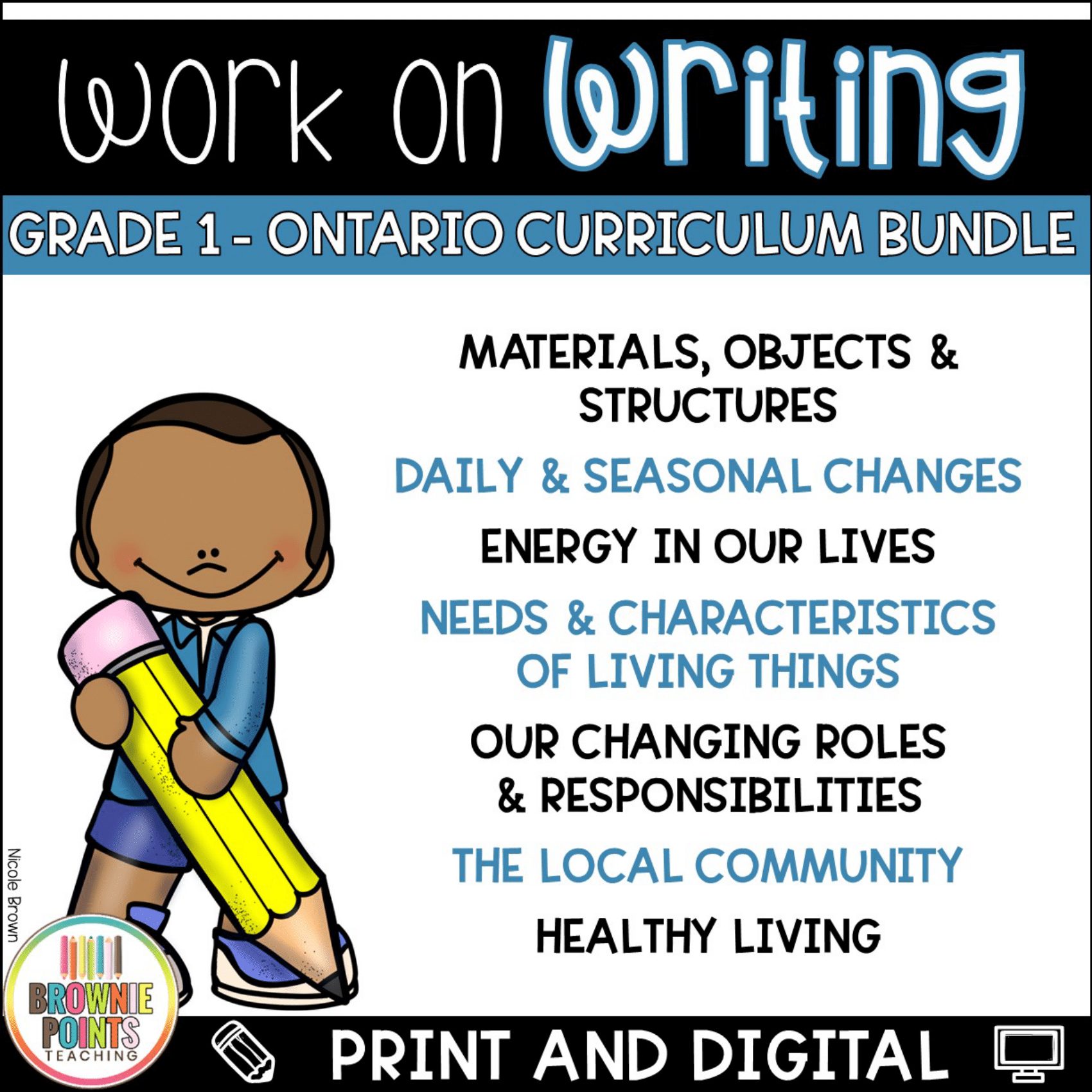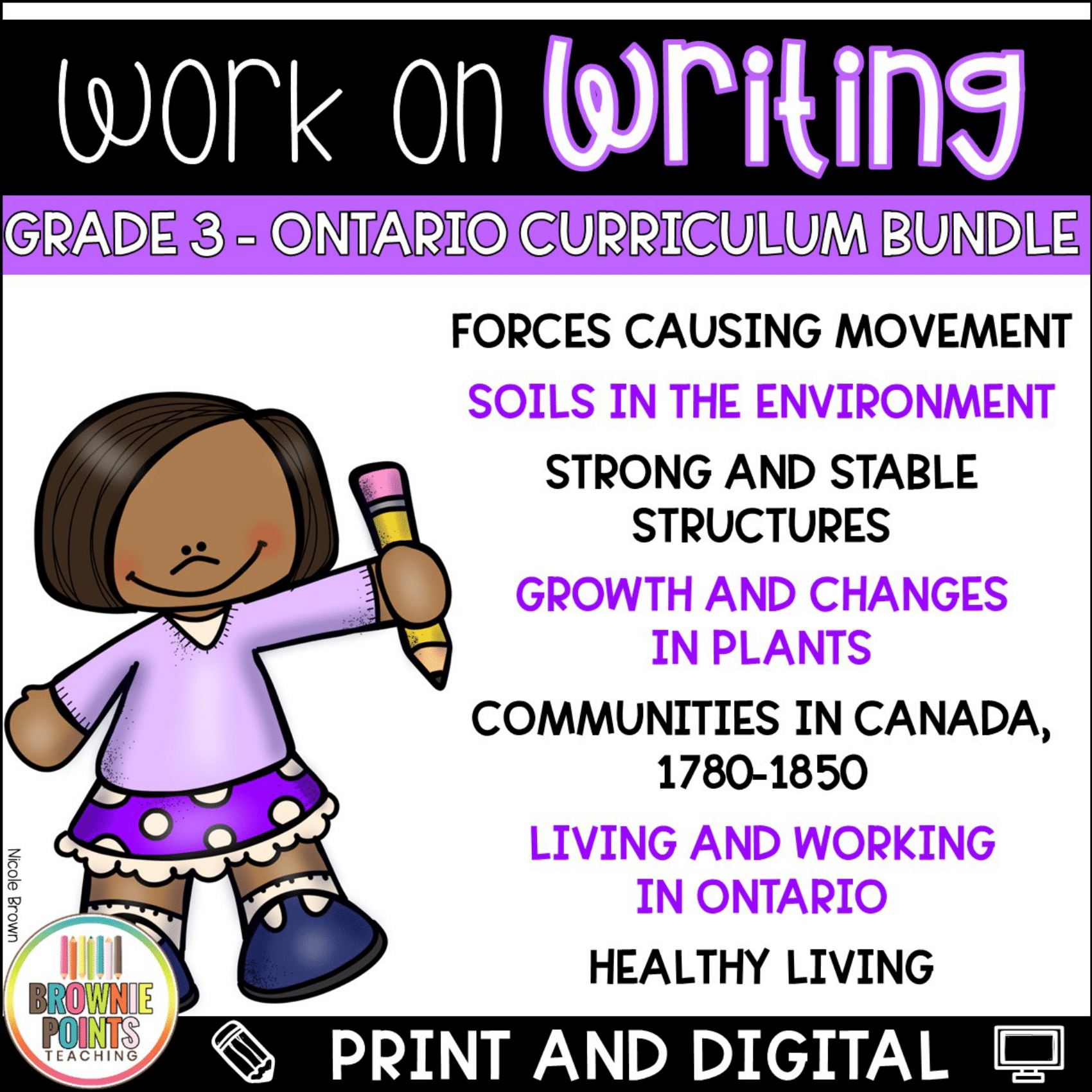Fun and Easy Tips for Teachers: Keeping Your Classroom Germ-Free
/“But I want to go to school!”
Heard that before?! You’re likely a parent trying to convince your sick child to stay home from school. Picture a child with a flushed face, stuffy nose, and irritated throat just INSISTING that they’re fine.
As sweet as it is to know how much kiddo loves going to school, THIS MUST END!
Dan Krall captures this scenario in his cute and funny picture book, Sick Simon.
I want to go!!
Simon is a boy that insists upon going to school, even though he’s sick. I mean, it’s the place to be, right?! He is looking forward to a great week. Each day with snot dripping from his nose, Simon unwittingly spreads his germs on the school bus, in his classes, during snack, on a field trip, and on the playground at recess. By the end of the week, the entire student body and Simon’s teacher are sick. Confronted and congratulated by his germs, who of course can talk and are pleased with Simon’s handiwork, Simon learns that he has been spreading germs by not washing his hands, not covering his mouth, and sneezing on everything. Much to his germs’ dismay, Simon begins to practice good hygiene and gets lots of rest. He recovers from his cold and heads back to school a changed boy.
Classroom Activities
I shared this book with my first graders in the hopes that they see how germs easily spread in spite of our best efforts. I created activities to tie it into my Language Arts program.
Reading Comprehension
We practiced identifying the characters, setting, problem, solution, and the beginning, middle, and end. We also made connections, sequenced, and recapped the story.
Writing
I had my students give advice to Simon, all the while hoping that they would internalize that advice! I also added a Spin a Story activity to our writing center. The idea is to spin a virus and spin a location and write a story about what happened. I also added how-to writing prompts and story writing picture prompts.
Glitter Germs Experiment
Their favorite activity was the Glitter Germs Experiment which demonstrates the spread of germs amongst classmates. Glitter makes everything better (for them, not me.) Here’s a quick synopsis.
Add different colors of glitter to hand sanitizer bottles (one color per bottle) and have students rub the sanitizer on their hands.
Then, they shake hands with classmates to “exchange” glitter.
Next, they try to remove the glitter by first using a dry paper towel, then washing their hands with water, and last washing with soap and water. They observe how effective each step was.
Definitely eye-opening! If only germs were that visible to the naked eye!
Here’s to keeping our classrooms germ-free (as much as possible!)
1. Remind parents of the school policy. In my beginning of the year newsletter and often throughout the year, I encourage parents to keep their child at home until they are feeling better. Although it should be obvious, I figure they can’t get mad at me when I send children that are sick to the office for a phone call home. I’m aware that some parents unfortunately can’t take time off of work. What’s the solution? We’ve all seen children come to school super sick or heavily medicated. They’re suffering and in no condition to learn!
2. Teach students how to wash their hands properly. This is key! Make sure children are washing their hands thoroughly (both sides and in between fingers) with soap for at least 20 seconds. Many have suggested singing “Happy Birthday” to pass the time. It’s also important that they know when to wash their hands - after using the restroom, after playing outside, after coughing, sneezing, or blowing their nose, after handling the class pet, and before eating.
3. Keep hand sanitizer in the classroom. Students love using this when first introduced. Might be a good idea to encourage the use of hand sanitizer before reading a book, using shared school supplies, or classroom toys.
4. Have tissues readily available. I purchase facial tissues with my classroom budget and sometimes request donations from parents. Children can cough or sneeze into a tissue or blow their nose with it. Remind students to throw out their soiled tissues right away and to wash their hands. Gotta love spotting a used tissue on the floor or carpet and no one claiming it!
5. Show students the best way to cough and sneeze. When someone coughs or sneezes, the germs spray through the air. Show them how to cough or sneeze into their elbow if they don’t have a tissue handy. When they cough or sneeze into their hand, chances are they touch something on their way to wash their hands - doorknob, desk, chair, counter, faucet knob, etc.)
6. Highlight germ hot-spots and ensure regular cleaning. Remind students not to put their mouth on the water fountain and to keep their fingers or objects like their pencil out of their mouth. Other germy objects include pencil sharpeners, stairway railings, recess equipment, P.E. equipment, desks, chairs, computer mice and keyboards, tablets, light switches, door handles, faucet handles, toys, shared tools, and pet cages. Where possible, these should be cleaned often.
I’d love to hear how you keep your classroom “germ-free”!





